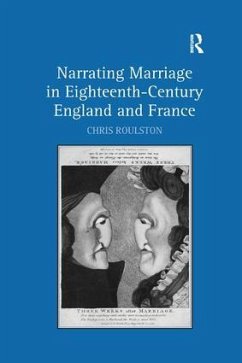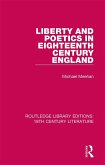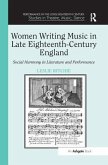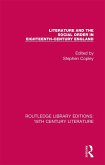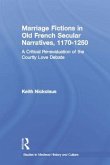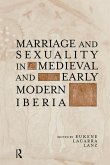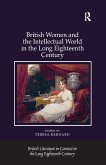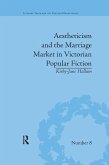In the eighteenth century, when the definition of marriage was shifting from one based on an hierarchical model to one based on notions of love and mutuality, marital life came under a more intense cultural scrutiny. This led to paradoxical forms of representation of marriage as simultaneously ideal and unlivable. Chris Roulston analyzes how, as representations of married life increased, they challenged the traditional courtship model, offering narratives based on repetition rather than progression. Beginning with English and French marital advice literature, which appropriated novelistic conventions at the same time that it cautioned readers about the dangers of novel reading, she looks at representations of ideal marriages in Pamela II and The New Heloise. Moving on from these ideal domestic spaces, bourgeois marriage is then problematized by the discourse of empire in Sir George Ellison and Letters of Mistress Henley, by troublesome wives in works by Richardson and Samuel de Constant, and by abusive husbands in works by Haywood, Edgeworth, Genlis and Restif de la Bretonne. Finally, the alternative marriage narrative, in which the adultery motif is incorporated into the marriage itself, redefines the function of heteronormativity. In exploring the theoretical issues that arise during this transitional period for married life and the marriage plot, Roulston expands the debates around the evolution of the modern couple.
Hinweis: Dieser Artikel kann nur an eine deutsche Lieferadresse ausgeliefert werden.
Hinweis: Dieser Artikel kann nur an eine deutsche Lieferadresse ausgeliefert werden.

